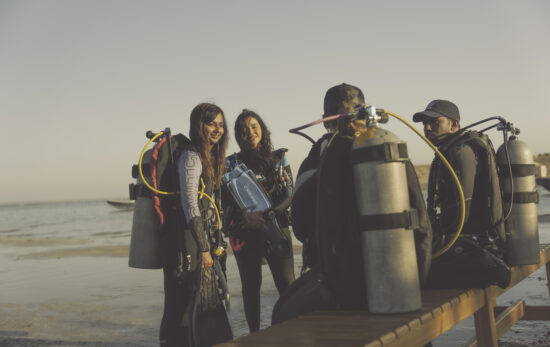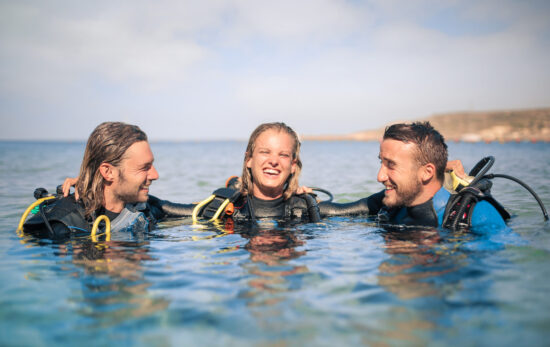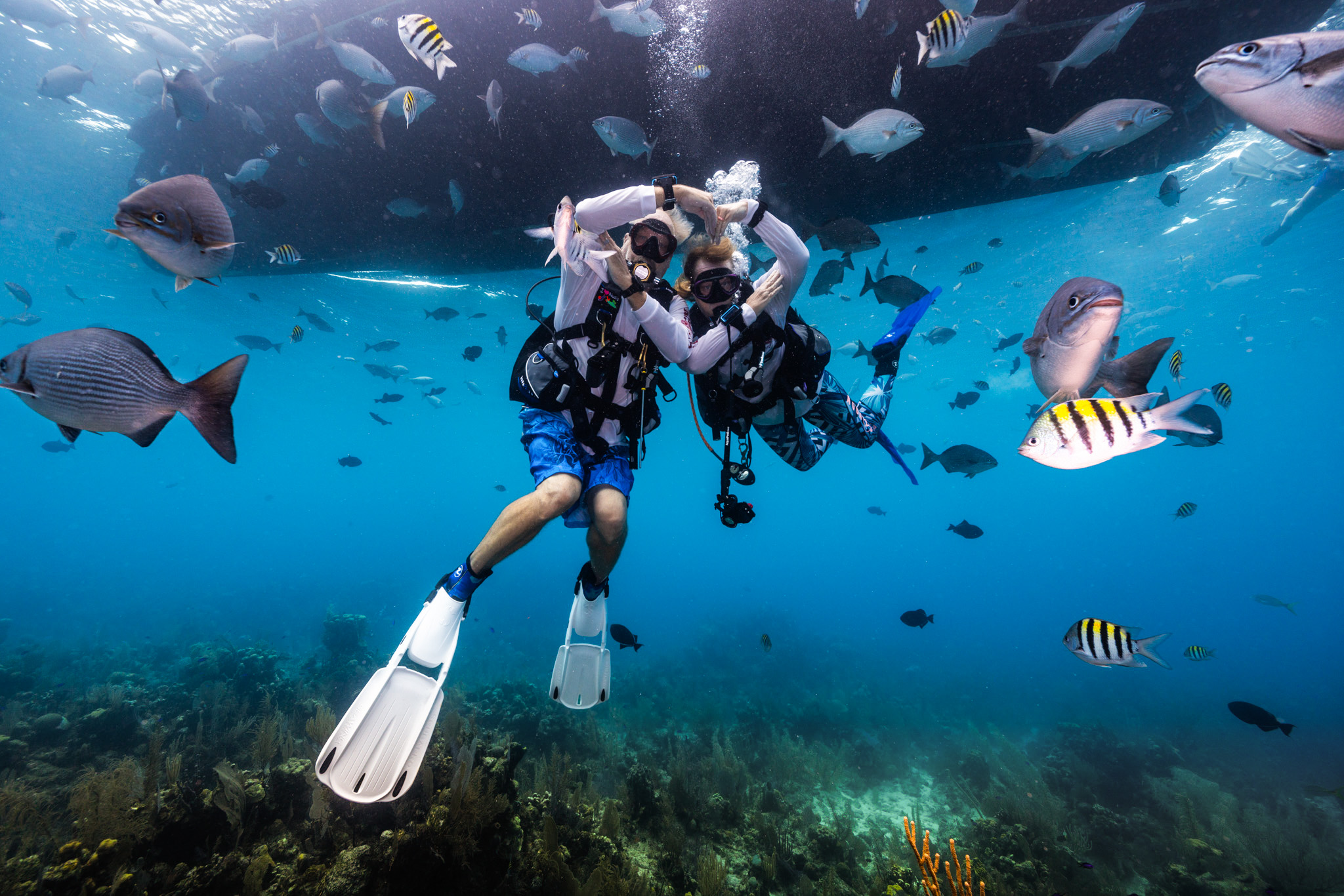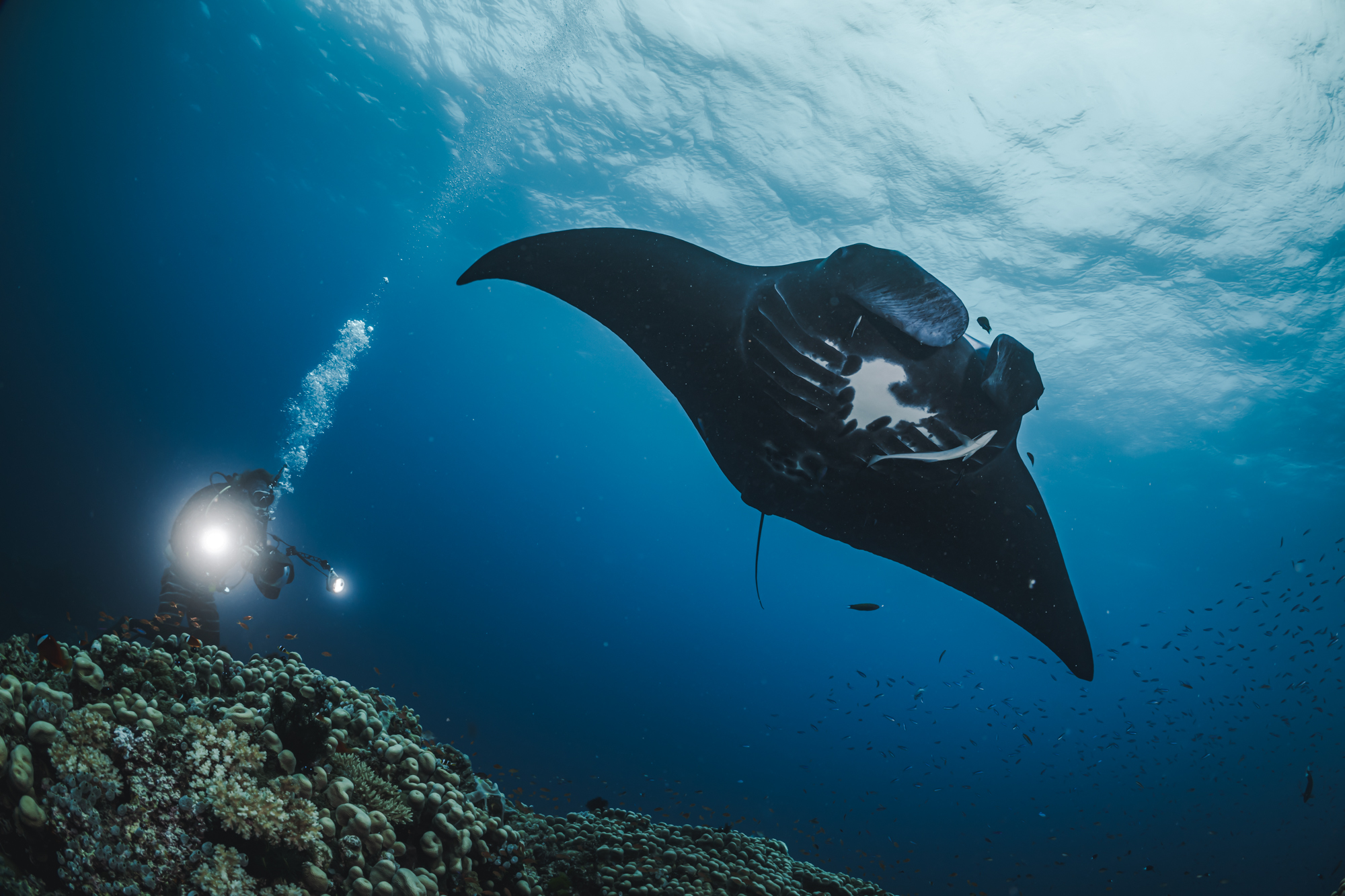Rob Klein’s experience in the Solomon Islands…
“As I walk through Mbiche Village in the Marovo Lagoon region of the Solomon Islands, I am accosted by a gaggle of kids. Some are shy and while clearly interested, hang back. Others, being more daring and seeing my camera, are dying for me to take their picture. I’m not the first “white tourist” to take a tour of their village, so digital cameras, with their instant feedback, are not new to these kids. Finally, they all gather around to get a look at themselves in my camera’s display, captured for eternity and given the beauty of these children it will be unlikely that I will hit the delete button soon.
This village is typical of the many others in this island chain and most people reside in these small, widely dispersed settlements along the coasts of the Solomon Islands. Sixty percent live in localities with fewer than 200 persons, and only a very small percent reside in the main urban area of Honiara.
Continuing my tour I realize just how far I am from my own personal world of high def TVs, Ipods, cell phones, gas-guzzling cars, and sushi bars. There are certainly no TVs here and the common source of electricity is usually one or two small generators while the primary mode of transportation is the hand-made canoes crafted from trees from the nearby forest.
Just as this realization crystallizes in my mind, I pass by a small dwelling and I hear something that sounds like a radio. Taking a closer look I see that on the porch is a small transistor AM radio with scratchy sound coming out of its tiny speaker. To my amazement, it’s a BBC news broadcast. With that I was briefly “slapped back” to my personal reality but luckily this didn’t last too long as I continued my village tour.
The Solomons is one fantastic place. My only question is, “Why did I wait so long to get here?” What is it about the Solomon Islands that makes them so special? To put it simply: amazing diversity. The Solomons Islands are located in Melanesia, a geographic and cultural designation for about 1,000 islands that extend from New Guinea to Fiji. A more beautiful, unspoiled paradise is hard to imagine. Glimmering lagoons, lush jungles, forested peaks and small villages on stilts dot the landscape.
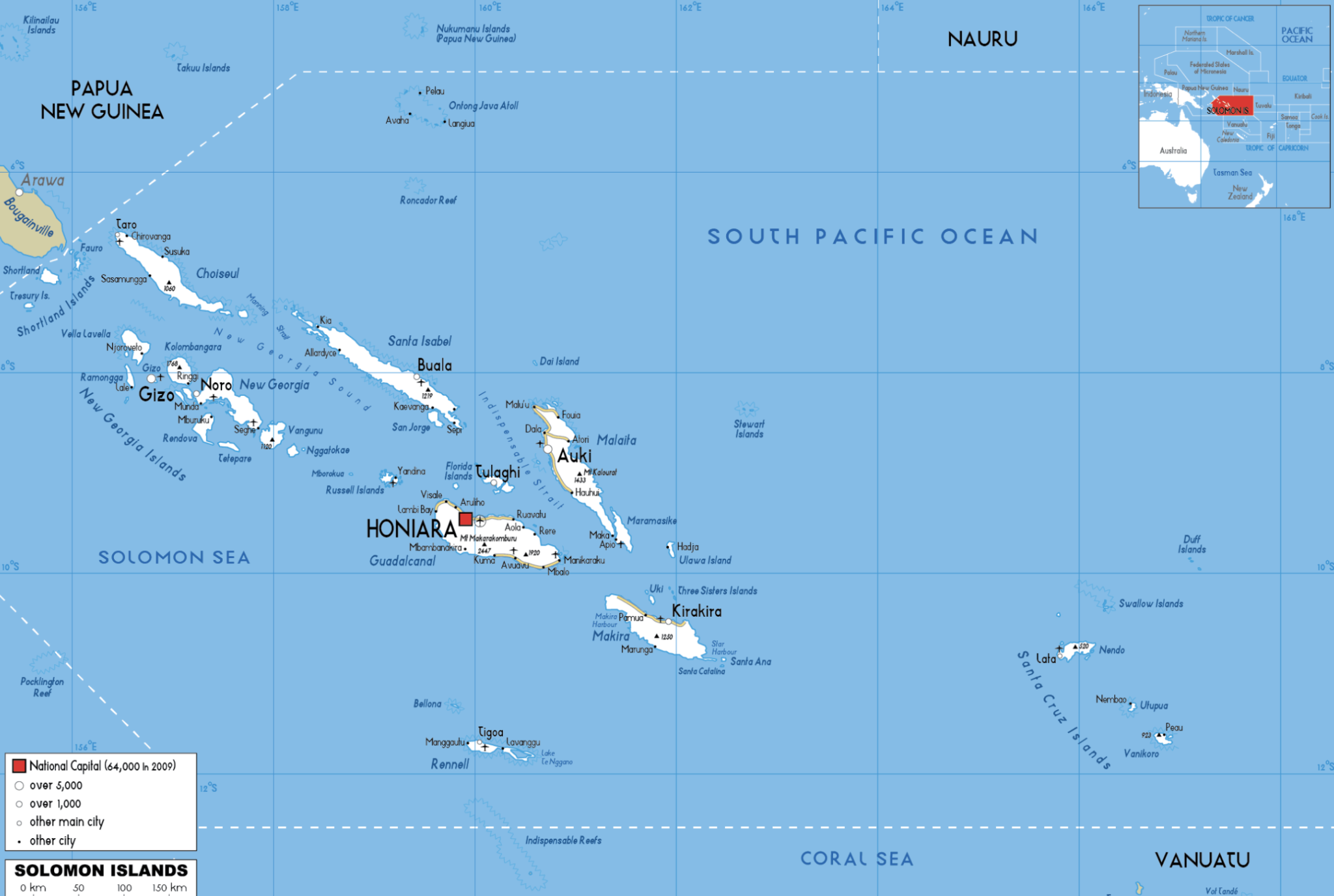
The islands stretch for 1200 miles northeast of Australia. The 10 large volcanic islands and four smaller island groups that make up the Solomons are covered with lush, green mountains. Although the infrastructure is still primitive in most areas, those with a spirit of adventure and love of diving will find it wonderful and exciting.
There’s an extra bonus: The people. They are just as striking, especially in the western Solomons: many of the children have blond hair and all have chocolate-colored skin. But like so many scenes in paradise, that serenity has not come easily. The Solomon Islands have a surprisingly violent history, having experienced volcanic eruptions, tribal conquerors, slave traders, and even missionaries cooked and eaten. The islands were, in fact, once known as the “terrible Solomons.” That was long before the devastating battles of World War II that raged on land and sea leaving numerous shipwrecks in its wake. But that was then and this is now and even this violent history can’t distract from the kindness of its people.
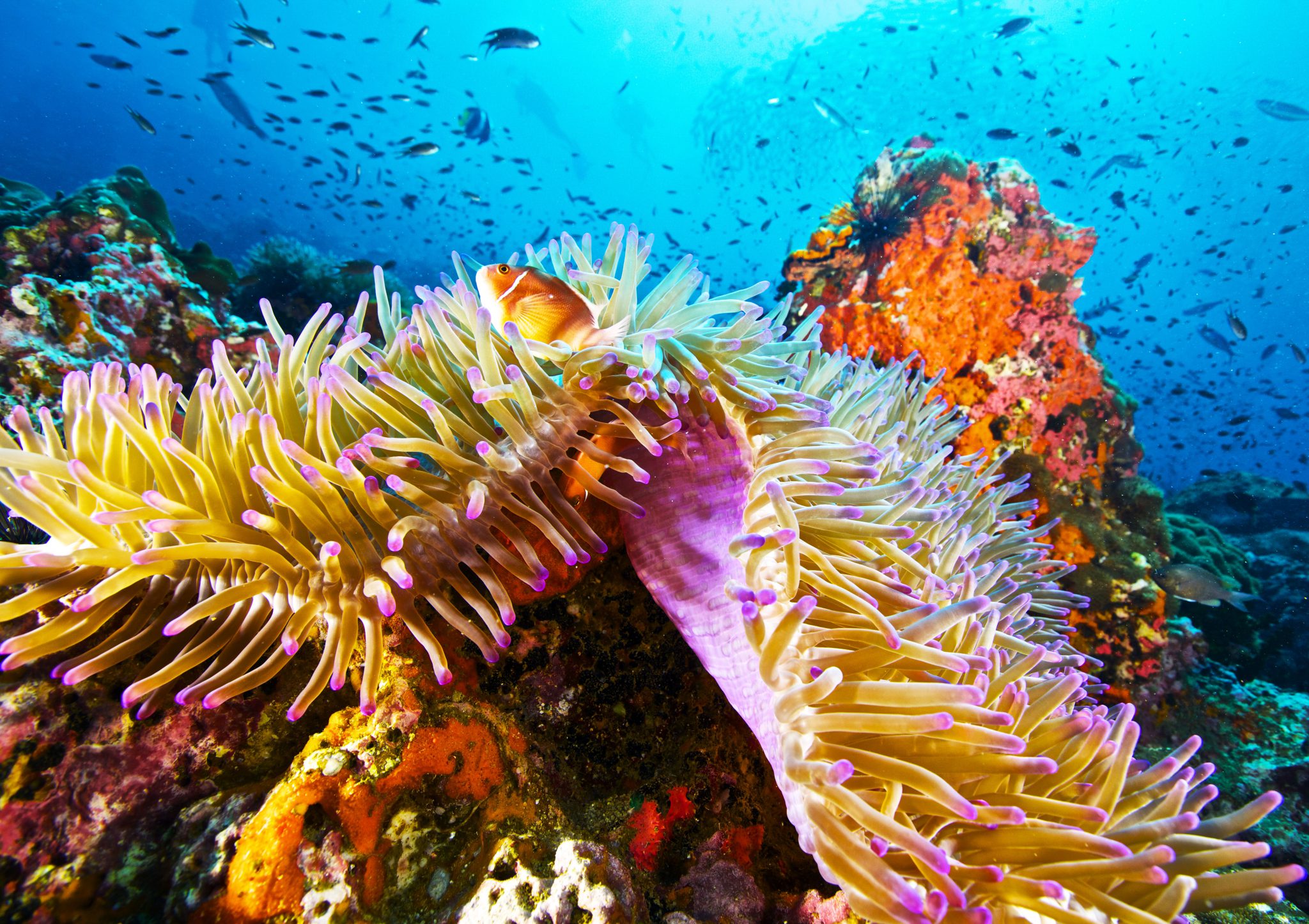
Underwater is just as spectacular and divers can experience huge walls and exciting drift dives; deep cuts and chasms providing dramatic streams of light that penetrate the jungle canopy above; huge schools of jacks and barracuda; pods of dolphins; a kaleidoscope of colorful fish; soft corals and sea fans, and huge fields of hard corals forming some of the most pristine reefs in the world. Lembeh Strait may have the most macro critters and Cocos Island the large pelagics, but nowhere that I’ve been can match this incredible diversity. Pygmy Seahorses and ghost pipefish on one dive and huge schools of jacks and barracuda on the next…as they say “It doesn’t get any better than this”.
Want more? Ok, add in some big WW II wrecks, boiling with huge schools of colorful fish and corals, and finally, the ravishing natural beauty of high mountainous islands with picture-postcard beaches fringed with cobalt blue lagoons. However, there’s something else, something more profound. It’s the quiet intimacy and return to an uncluttered time that makes this place beyond special. The image of our large liveaboard secured to a tree, just 30 feet from shore, with local villages coming to visit us in canoes, is indicative of the overall ambiance of this remarkable area.
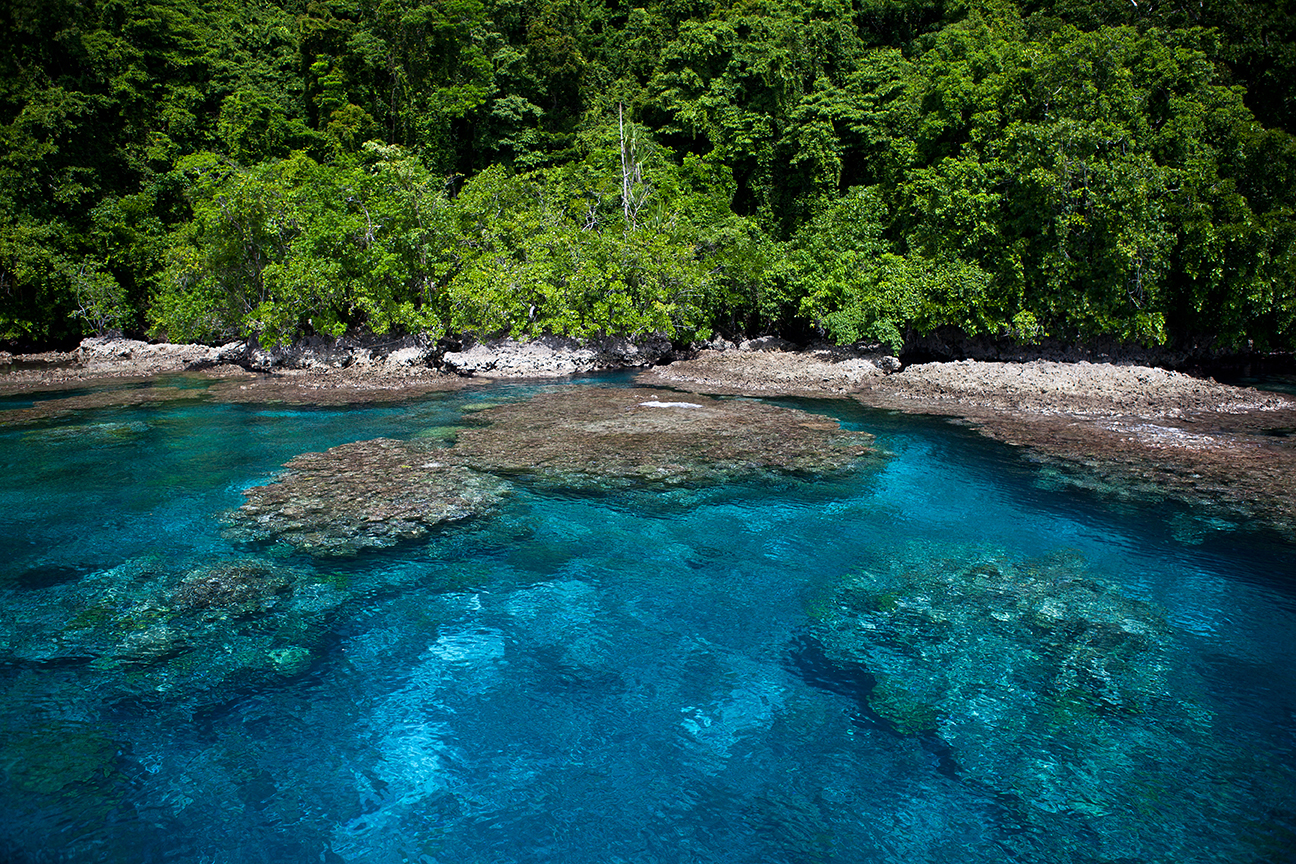
Freedom to Dive
Although remote, there are PADI dive operations in the Solomon’s and it’s a great place to undertake professional Divemaster training if you prefer unique locations. There are also small backpacker-type resorts on various islands but for me, there is only one way to really experience all aspects of the Solomons and that’s by a liveaboard dive boat. Some of the boats that are operating have also had a significant positive impact on the area and its residents.
On a 14-day liveaboard trip, it’s possible to visit numerous locations in the Russell Islands, Mary Island, Marovo Lagoon, and the Florida Islands. Staying at one of the small, rustic land-based resorts it would be impossible to cover the same distance and dive as many different dive sites.
I’m very picky about the images that I select as “keepers”. If I come home with 20-30 images from a 2-3 week trip I’m happy. From the Solomons, I came home with over 100 images that met my personal standards. This was not just the fact that there was so much diversity and visually stunning imagery, but also because we were given the time and opportunity to “shoot for success.” Along with Indonesia, parts of the Philippines, Galapagos and Cocos Island, and a few others, the Solomon Islands are really an incredible experience, not just a trip.
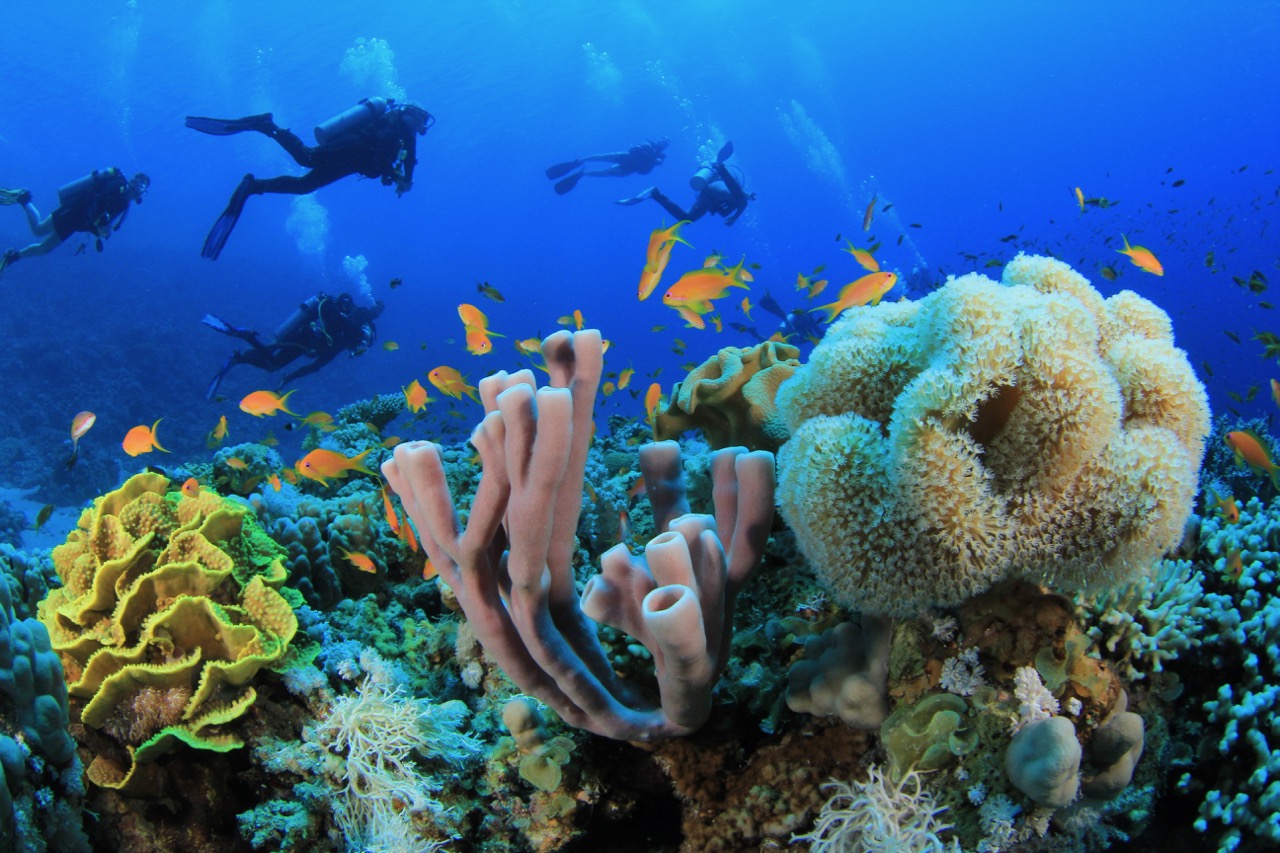
Thinking of Next Time
The last afternoon, I sat on the top deck of the liveaboard as we cruised back to Honiara from the Florida Islands. I chatted with some of the other guests who had shared the past 2 weeks and, without exception, reflected on what an incredible journey we had experienced. Guy, a doctor from the UK, had worked in the Solomons for 3 months during his internship 15 years earlier and this was his first visit back since then. His comment was that it seemed even better than his first visit and he too, wondered why it had taken him so long to come back.
As we cruised through a passage between two islands, some local villagers paddled up to our boat in their canoes and, in what has become a tradition, the crew threw bags of freshly made popcorn over the side to the kids paddling hard to keep up with our boat which had slowed to a virtual crawl.
With the sun going down and glimmering off the water and the young village kids laughing and yelling for “more popcorn”, it seemed like a fitting end to my first journey to the Solomon Islands”.
This blog was originally written by Rod Klein and published on the Diviac Magazine.
